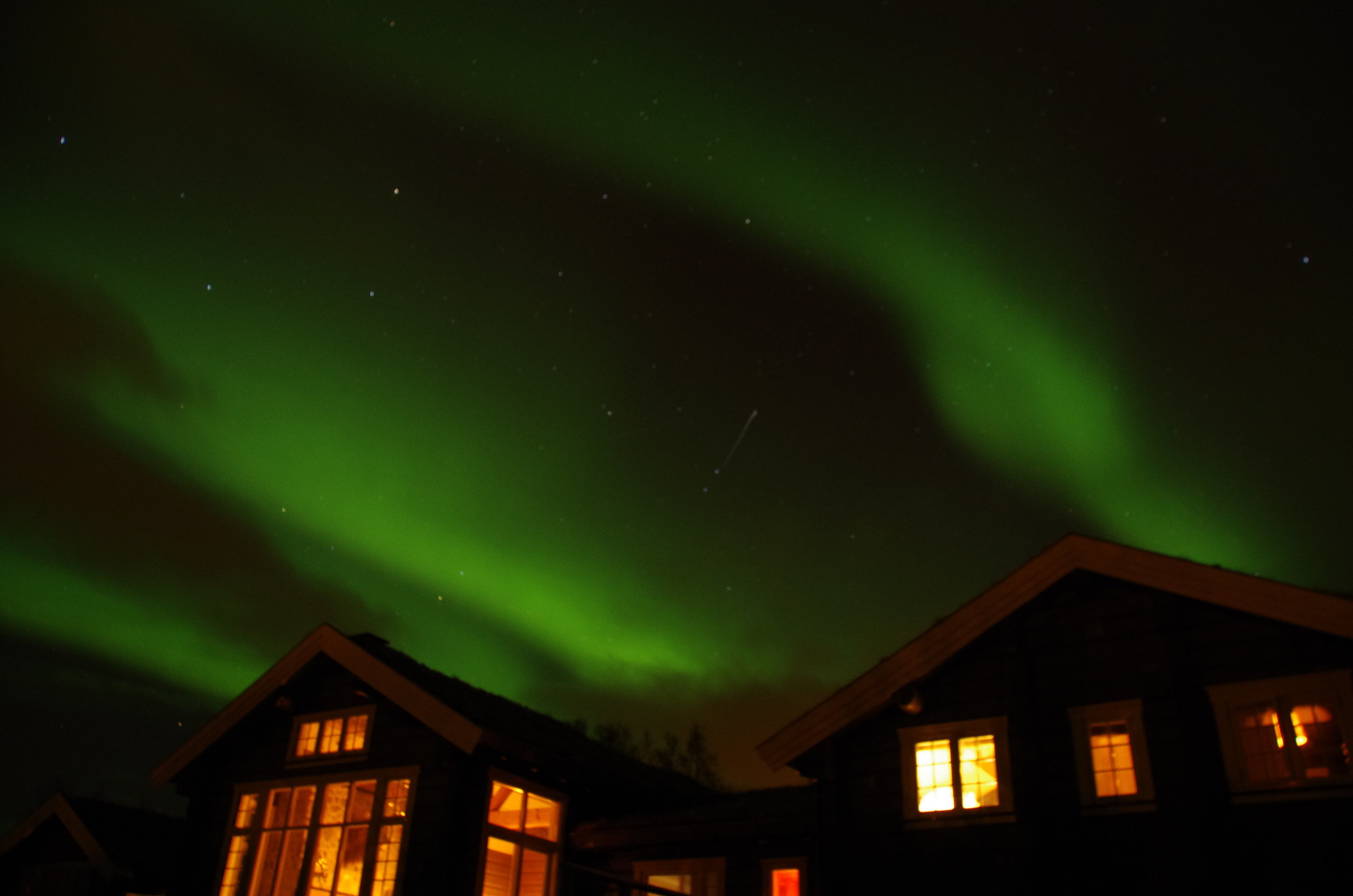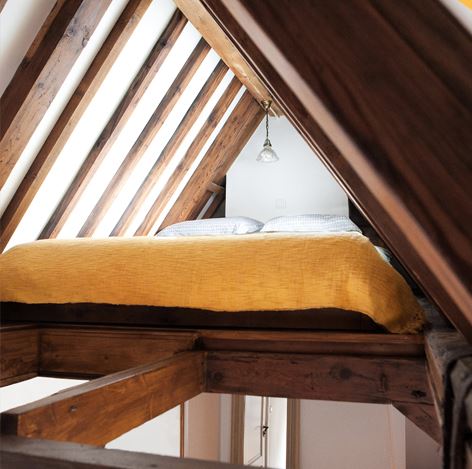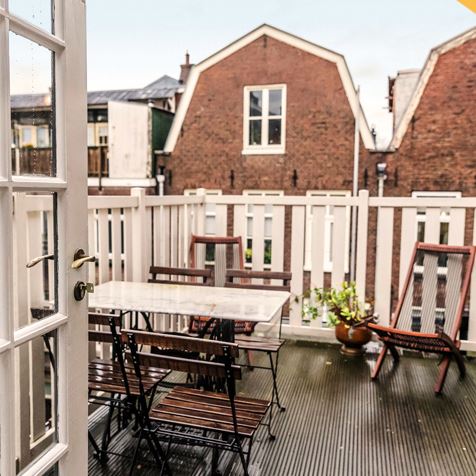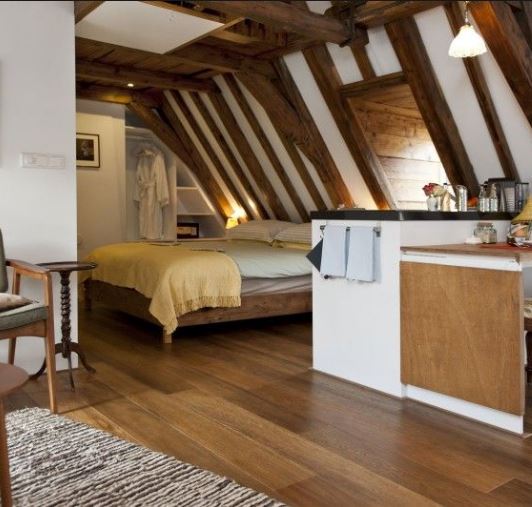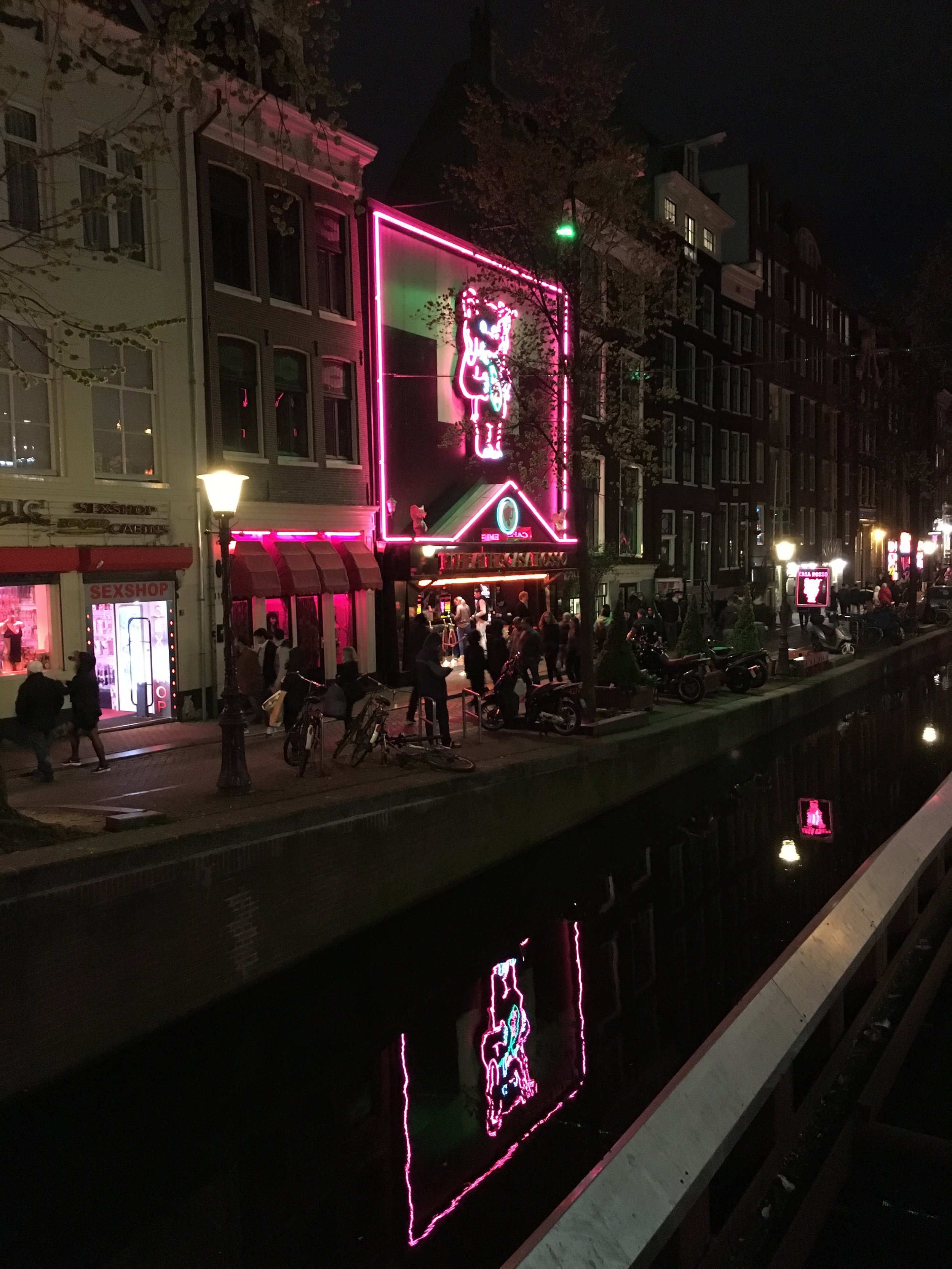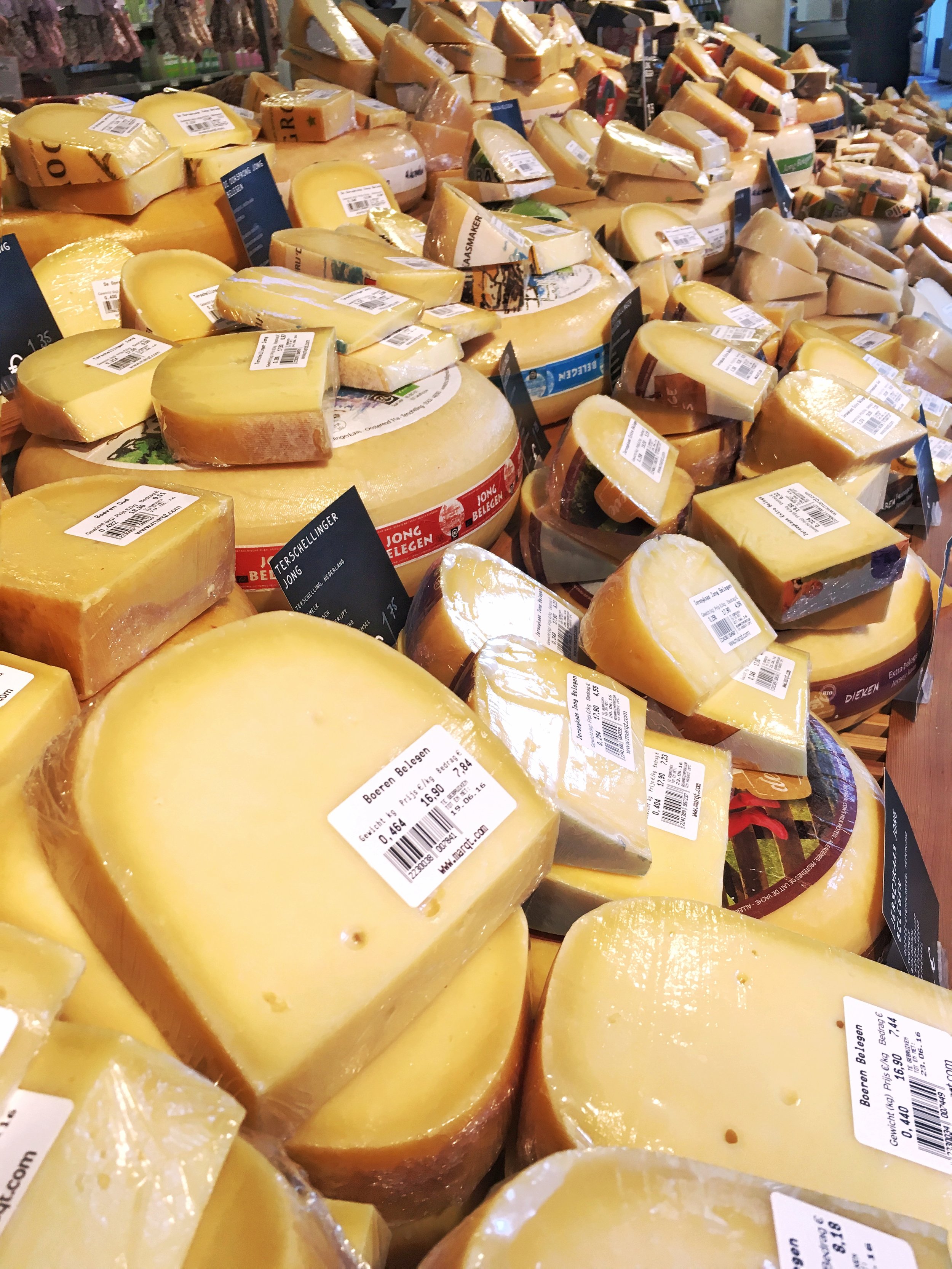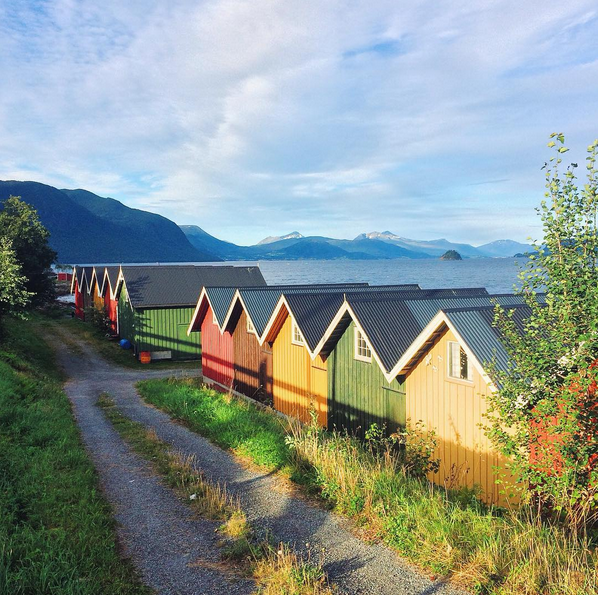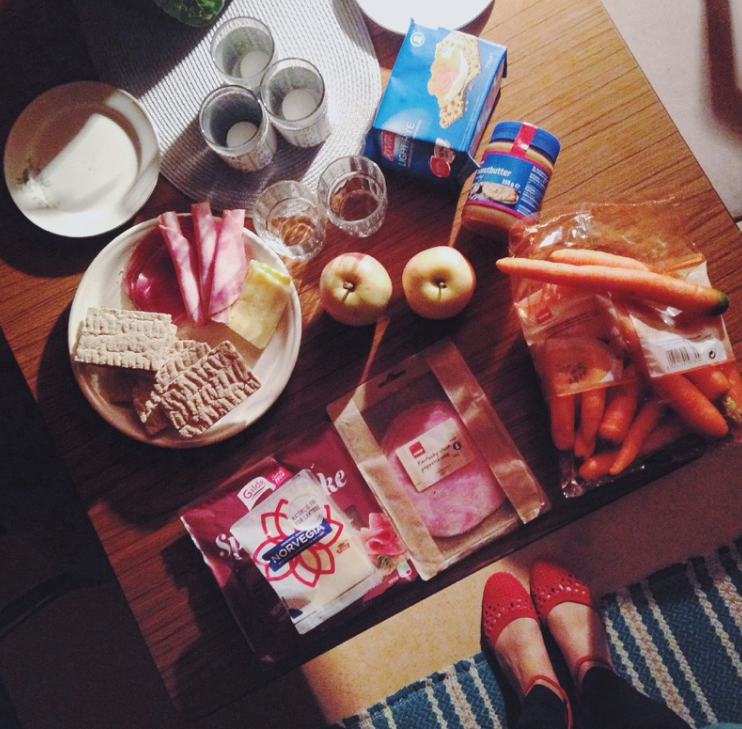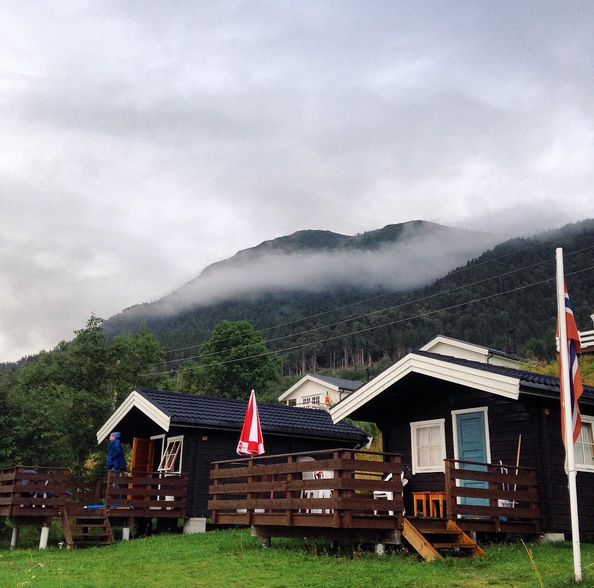“The lights are out!, The lights are out!” was the call to action during our stay at Lyngen Lodge. The house lights (the electric version) were all immediately dimmed (except a single lamp used by the kitchen prep team) and both guests and staff stopped what they were doing to see what was above us in the skies – leading to a scramble… some just out of the hot tub, others relaxing in front of the fire in slippers with a glass of wine, others reading in the cosy loft, and yet others just back from one of the great outdoor activities offered. It does not matter – you bundle up as best as you can and jump to action to see the northern lights. Goretex rustles, tripods clatter together in the rush to get outside and quiet suggestions of camera settings are shared – with everyone hoping to try to somehow capture the display above.
We are firm believers that buzzwords should be avoided almost at all costs – especially when describing travel, which can be awash in them.
Case in point – mention the Northern Lights or do a quick search and you’ll see ‘bucket list’, ‘must do things to do in (insert location here)’ and numerous click-bait articles on the‘top things to do before you die’.
Every year you see airlines selling packages based on them, aggregators touting all-inclusive tours, and various other superlatives about the aurora… and the superlatives are true.
Ignore all of the noise – do a bit of research, and go see them. You’ve seen the pictures on Instagram and from the good people at places like Visit Norway, but nothing does it justice until you have seen them yourself. They move. They twist. They change shape and expand across the sky right in front of your eyes and no matter how well filmed, captured and edited the end product is – it does not compare to the first person experience.
Now – the big question is where and when? We’ve tried Iceland and seen them with middling results (no offense intended Iceland!) and set our sights on Norway. It is more north, often with clearer skies.
There are myriad options in Norway. We were very intrigued by Lyngen Lodge because of its location (remote and north, in Djupvik near Olderdalen) and its description: ‘luxury boutique lodge’.
Transfers are offered but we decided it would be fun to hire a car in Tromso and drive – there are two options, one with two ferry rides across fjords and the other is the longer but more scenic route, which we chose. The drive was spectacular, if a bit harrowing, in a car without the proper snow tires and equipment, but also allowed us to become acquainted with the truly unique landscapes of northern Norway, where mountains seem ot jump from the sea/fjords around each bend. It was totally worth it though as we got our first glimpse of the norther lights – initially saying ‘um I think I see something over there’ while trying to keep an eye on the icy roads and then a yell of “pull over!”
We saw a spectacular display on the side of the E6 road – we stood there in awe, shivering in the silence watching the green and pink display twist and change shapes above us. Cameras (and coats) were buried in bags in the car and it was probably best that way for the first sighting – just experiencing it in awe instead of worrying about a tech set up.
As a result of our air (and aurora prompted) delays we arrived at Lyngen after the original anticipated time but were welcomed warmly by the staff and owners who sat us down immediately for a tasty bowl of soup and a quick orientation. The lodge is well proportioned - traditionally built (massive wood logs and wool, no modern joinery or other insulation needed) and can accommodate 16 guests at a time in small-ish but well-designed rooms which actually encourages use of the super cosy main room with its large stone fireplace, sofas, and floor to ceiling windows providing fantastic views of the Lyngen Alps just outside. There is also a library and television room, but most guests seem to congregate in the warm living area / communal dining room spaces.
The food at Lyngen Lodge was a particular surprise… an executive chef using locally sourced ingredients (expect fresh cod, crab, halibut, reindeer, lamb, etc) and presenting each evening’s 3 course meal along with a different red and white wine pairing each night – it was both quaint and high-end at the same time and always warming after a day’s activities and the small house and guide staff excels at making guests feel welcome - it feels more like a ‘lodge away from home’ because of the familiar faces you see throughout each day.
There are websites and twitter feeds dedicated to forecasting the aurora borealis, and you can drive yourself nuts trying to time it as you really only ever get a short window to see it at its best – our recommendation is to try to put the odds in your favor with time of year vs your schedule and just book the trip. Lyngen Lodge is magical when the lights are out and dancing as we experienced, and we are certain that it is still an amazing destination when the weather (and solar particles) is less cooperative with all of the adventures on offer.
super cozy: post northern lights viewing at Lyngen Lodge
